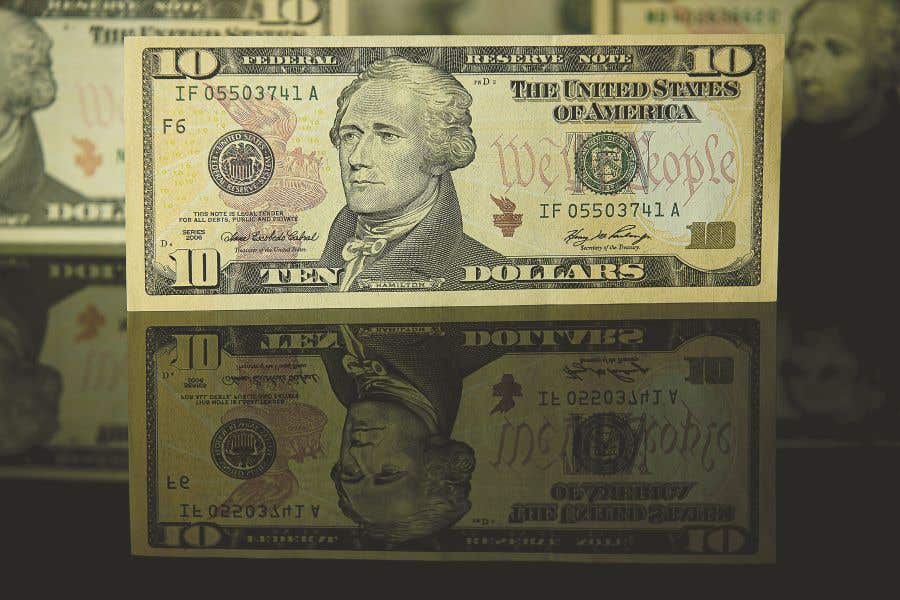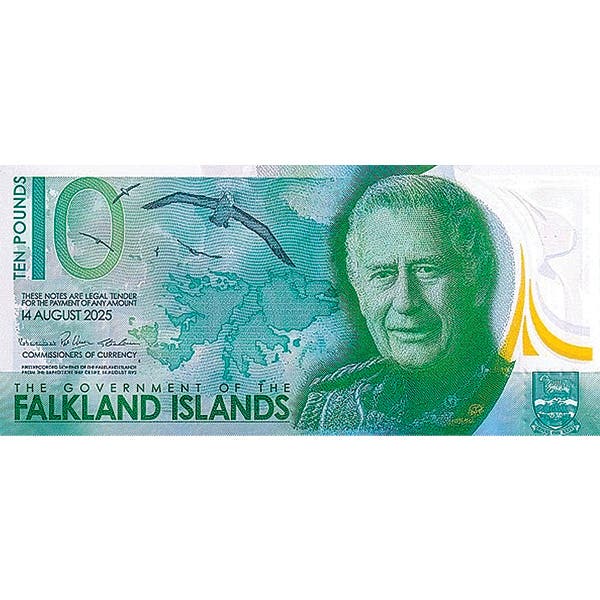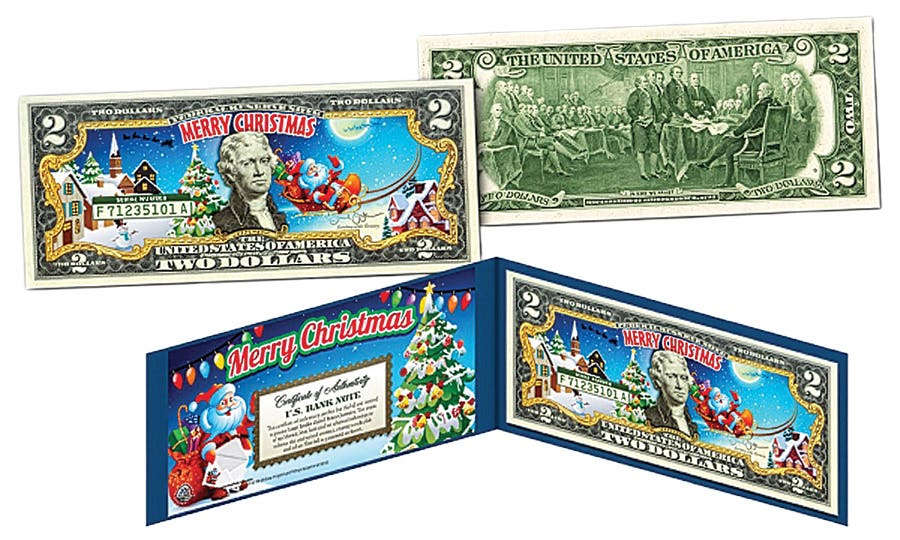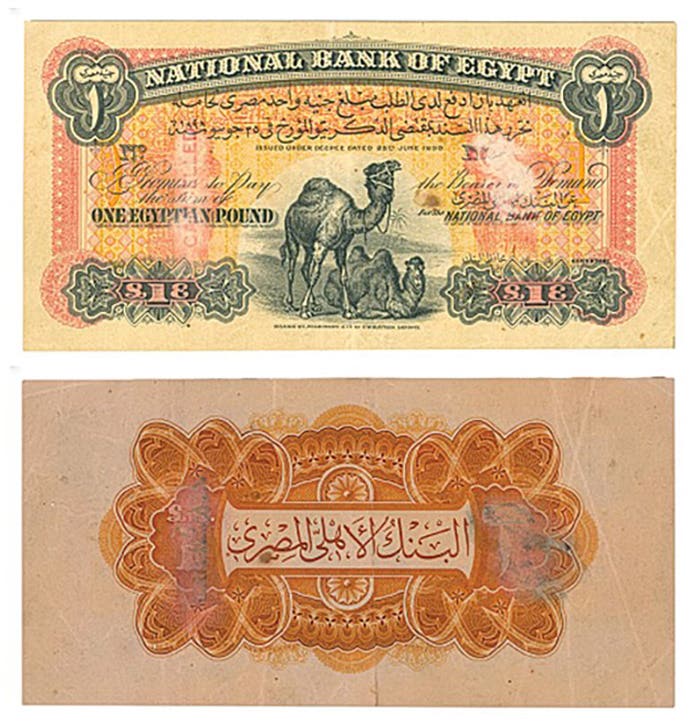Note varieties can be spice of life
By Neil Shafer It is generally acknowledged that the main difference between a collector and a student of numismatics is the emphasis placed on the multitude of major (and often…
By Neil Shafer
It is generally acknowledged that the main difference between a collector and a student of numismatics is the emphasis placed on the multitude of major (and often minor) variations as opposed to the simple amassing of any given collection, often by main type. Obviously, it is a lot easier to collect by type, as then you are interested in acquiring only a single example representing quite possibly hundreds of all kinds of variations.'
In past years, it was more difficult to perform detailed research in any given field, numismatics included. The Internet has rendered such work relatively easy in many cases. That, along with a general growth of interest in the recording of numismatic differences in a number of given series, has added greatly to the factual base from which come major studies that could never have been compiled previously.
Take, for example, the subject area of the Mexican Revolution of the earlier 20th century, beginning around 1910 and ending something like seven years later, with ramifications extending into the early 1920s. Because of widespread unrest during this period, one would expect a lot of varieties as a result of swift changes in the political situation…and one would be right.
A commonly seen type of note titled Gobierno Provisional de Mexico consists of a number of denominations, with all basic types very easily located. Yet there are some very significant varieties contained therein that will offer a merry chase to anyone trying to find them. Actually, there are two major issues with this same title and design, one from Mexico City and the other from Veracruz. Additionally, there are various different overprints and a similar emission of 50-pesos notes used in Guadalajara and authorized by the Chief of the Division de Occidente in 1915.
A perfect example of the significance of varieties is seen in the series of notes titled El Estado de Chihuahua. The lowest value is the 50 centavos without portraits dated Feb. 10, 1914. I have three major variants, and they are exactly the same insofar as design is concerned. The piece with the lowest serial number uses a larger font than both examples with higher numbers, and its face also has a pair of seals: a black one at upper left and a red one at lower right. The back is as printed with no additional markings. On the note with the second highest serial number, both seals are removed from the face, and the back now has a red seal at left and a letter code in red at right, without date. The third variety is as the second but with the addition of a date under the letter code on the back.
All higher values of this issue have two portraits on the face of President Francisco I. Madero at left and Governor A. Gonzalez at right; thus the notes are known as the Dos Caritas (two faces) issue. Once again, while representatives of all denominations are quite easily obtained, there are significant varieties that have long been known as extremely difficult pieces to locate. A good example is the initial printing of the 10 pesos. A portion of this issue was hand-signed by two of the three signatories on each piece. Such autographs went through two major varieties, both of which bear serial numbers under 20,000. (The middle signature on all examples of this entire issue is printed.)
In the 1913 Monclova issue titled Gobierno Constitucionalista de Mexico, the 20-pesos note has a rather unique story to its credit. As I understand it, the initial printing has the correct spelling of VEINTE (20) across the center and incorrect spelling VIENTE in three places in the border, at upper center and at lower left and right. Another similar 20-pesos piece was made but with the correct spelling in all places; this piece is said to be a counterfeit.
Another aspect of collecting generally is the attempt to “go simple“ and try for one representative note from every country. Even this so-called easy approach has attendant problems. Do you include places that no longer exist as such? And for those countries, Cuba for example, that have gone through very distinct phases of existence in one form or another, which one of those clear entities do you wish to have as the standard bearer for your collection? At times this is no easy choice; in fact, it is this kind of question that is the main cause for the advancement from country collector to a more politically motivated search for specific notes.
All sorts of variations in most collecting fields exist in abundance. It is up to the individual enthusiast as to how deeply-involved he or she wishes to become. The challenge is always there, and the individual who responds to it is in for many hours of really meaningful study in a way that may be entirely different from anything he or she has been exposed to before. That is the very essence of numismatic pursuit.
This article was originally printed in Bank Note Reporter. >> Subscribe today.
If you like what you've read here, we invite you to visit our online bookstore to learn more about Standard Catalog of World Paper Money, Modern Issues, 1961-Present, 24th Edition.
NumismaticNews.net is a participant in the Amazon Services LLC Associates Program, an affiliate advertising program designed to provide a means for sites to earn advertising fees by advertising and linking to Amazon.com and affiliated websites.









